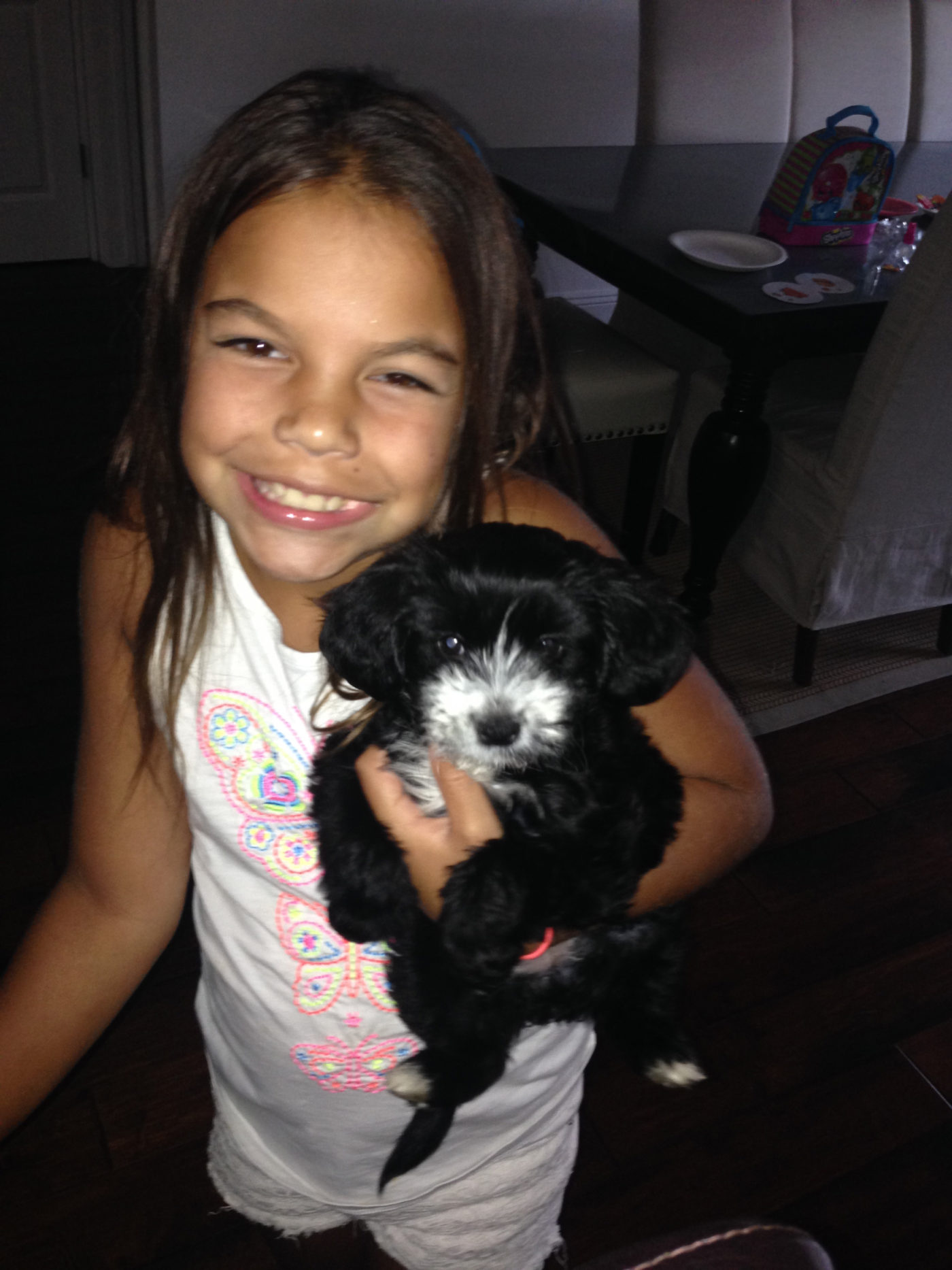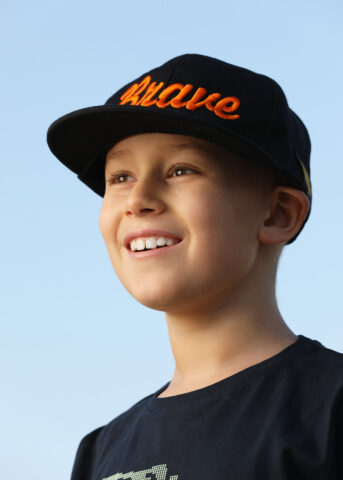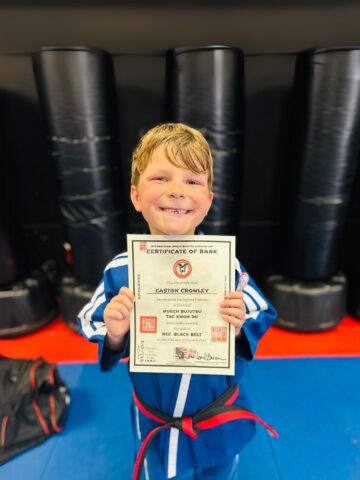Deena Flores has her sights set on a big party next spring for her daughter, Mareena.
It’s not for her birthday, but rather an anniversary of sorts. By May 2017, Mareena will have lived without seizures longer than she endured them.
It’s a milestone that once seemed unreachable for the Flores family, who finally got relief from years of seizures when they found help from CHOC Children’s Neuroscience Institute.
“The seizures flipped our family. We didn’t go anywhere. We wouldn’t want to leave her with anyone. It was a deep dark hole for a few years,” Deena says. “To see her flourish and open her wings and experience life now is amazing.”

Now 9, Mareena began experiencing seizures at around 10 months old. After a normal birth and infancy, she suddenly started rolling her eyes backward and going limp.
For years, the family went from hospital to hospital and doctor to doctor, looking for an explanation. Walking, talking and developing normally, Mareena would grow out of it, physicians told the family.
By age 4, Mareena was enduring up to 20 seizures a day, mostly linked to sleep. Medications were not working. Deena and her husband would take turns sleeping in their daughter’s room, desperate to record every seizure in hopes of finding a pattern.
Mareena’s parents reached their breaking point in fall 2011. One morning while eating breakfast, Mareena seized, fell from her chair and hit her head on the tile floor. That was enough. Mareena needed help badly, and they turned to Dr. Mary Zupanc and CHOC’s comprehensive epilepsy program.

“Within the first five minutes of the appointment, Dr. Zupanc told us that Mareena’s medication wasn’t working, and because epilepsy is a progressive disease, it was critical that we find a new solution quickly,” Deena recalled.
Mareena began undergoing extensive testing, including long-term video electroencephalogram (EEG) monitoring to determine seizure type and seizure frequency. During that time, Dr. Zupanc first broached the subject of surgical intervention to help Mareena.
“The idea of brain surgery was scary,” Deena recalled. “But at the same time, it was a relief, especially after all the years we lost while trying to convince doctors that something was wrong”.
In May 2012, the family began the process for surgical intervention, including an MRI scan of the brain to look for subtle structural changes in the brain and a PET scan, which looks at glucose metabolism in the brain.
Mareena’s case was then reviewed by a group of CHOC physicians. The physicians, including Dr. Zupanc, were in agreement that Mareena should have epilepsy surgery. However, in order to identify the exact seizure focus, invasive EEG monitoring was required. This means that electrodes had to be placed directly on the surface of the brain. Over a series of days, Dr. Zupanc and the other epilepsy specialists determined that the seizures were coming from the brain’s left temporal lobe. Next, surgeons removed that portion of the brain.
Mareena has been seizure-free ever since. She still takes one low-dose of antiepileptic medication, but her visits with Dr. Zupanc have reduced significantly. She no longer requires long-term video EEG monitoring or other studies.
Mareena is now headed for third grade. Though she does have some mild cognitive delays—due to the underlying cause of her epilepsy and her prior high seizure frequency, she is thriving and doing very well. Deena says people are shocked when they learn about Mareena’s history.
“She’s a walking miracle,” Deena says.
Learn more about epilepsy surgery.





